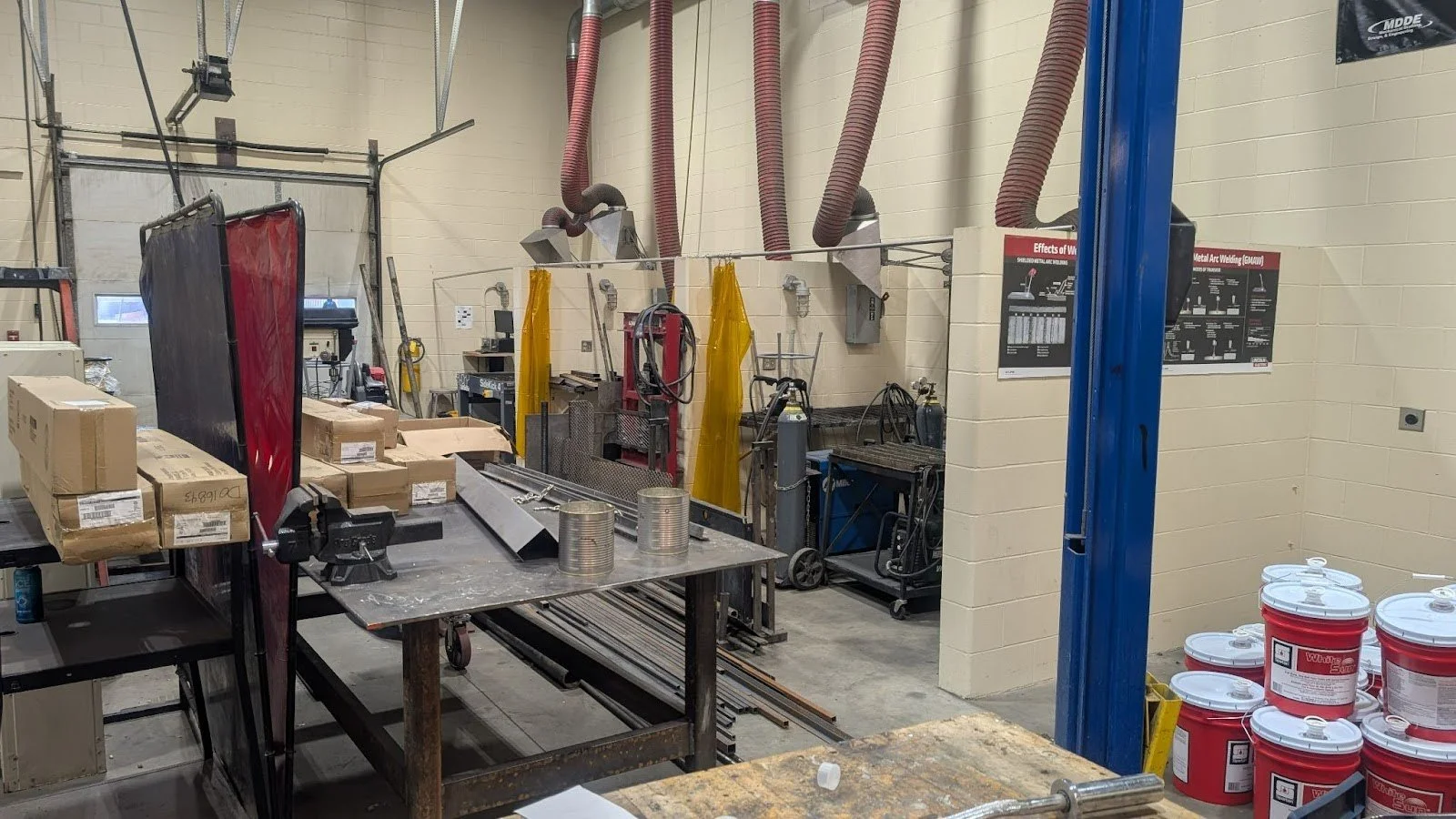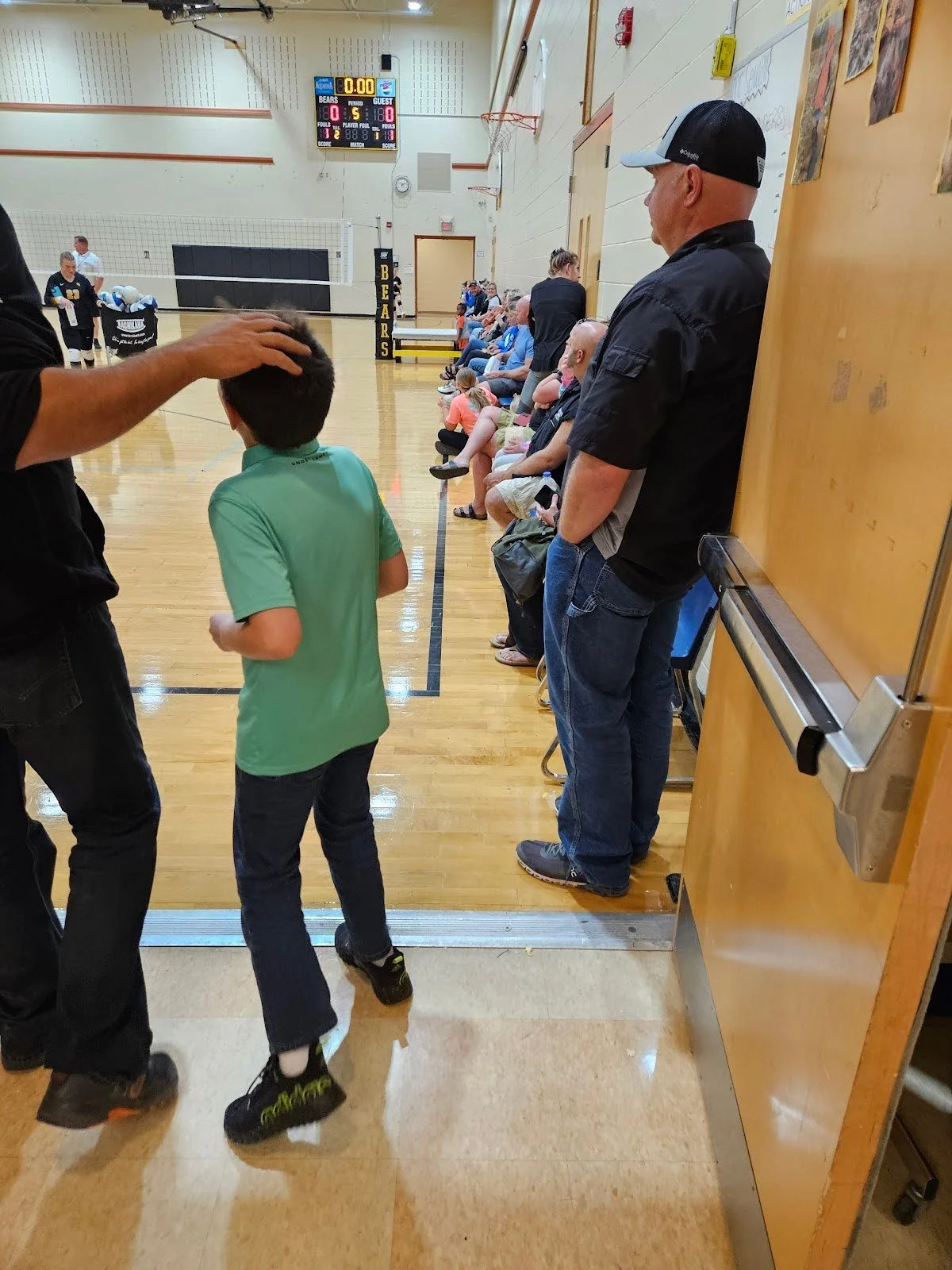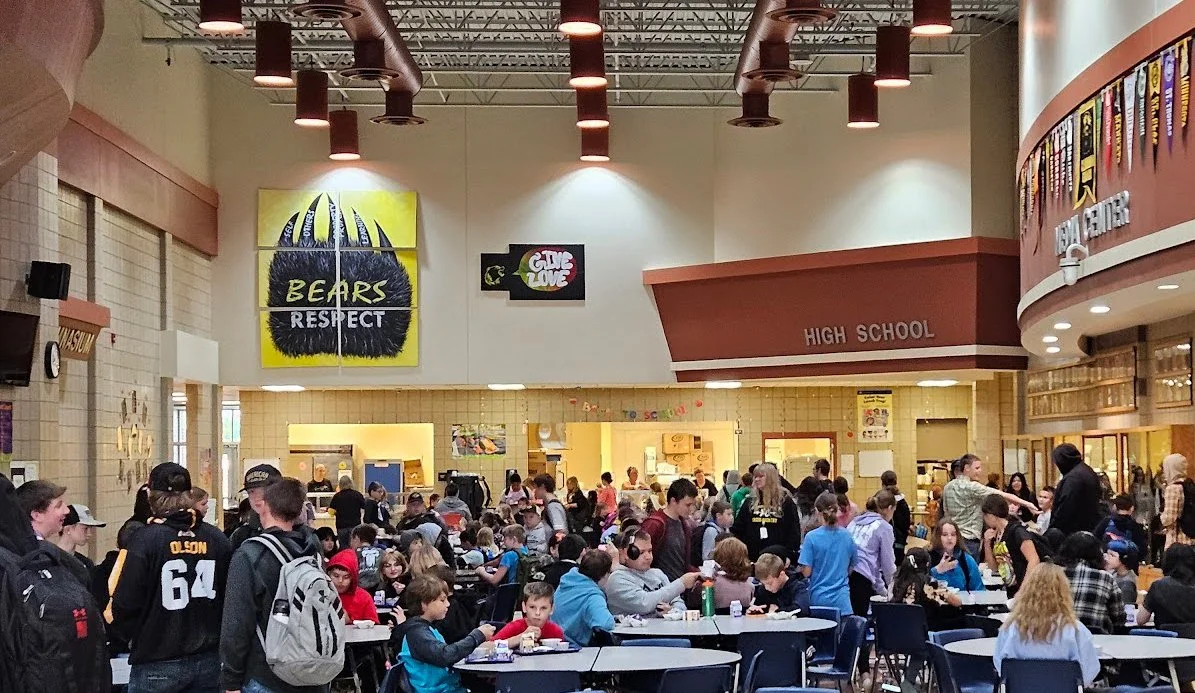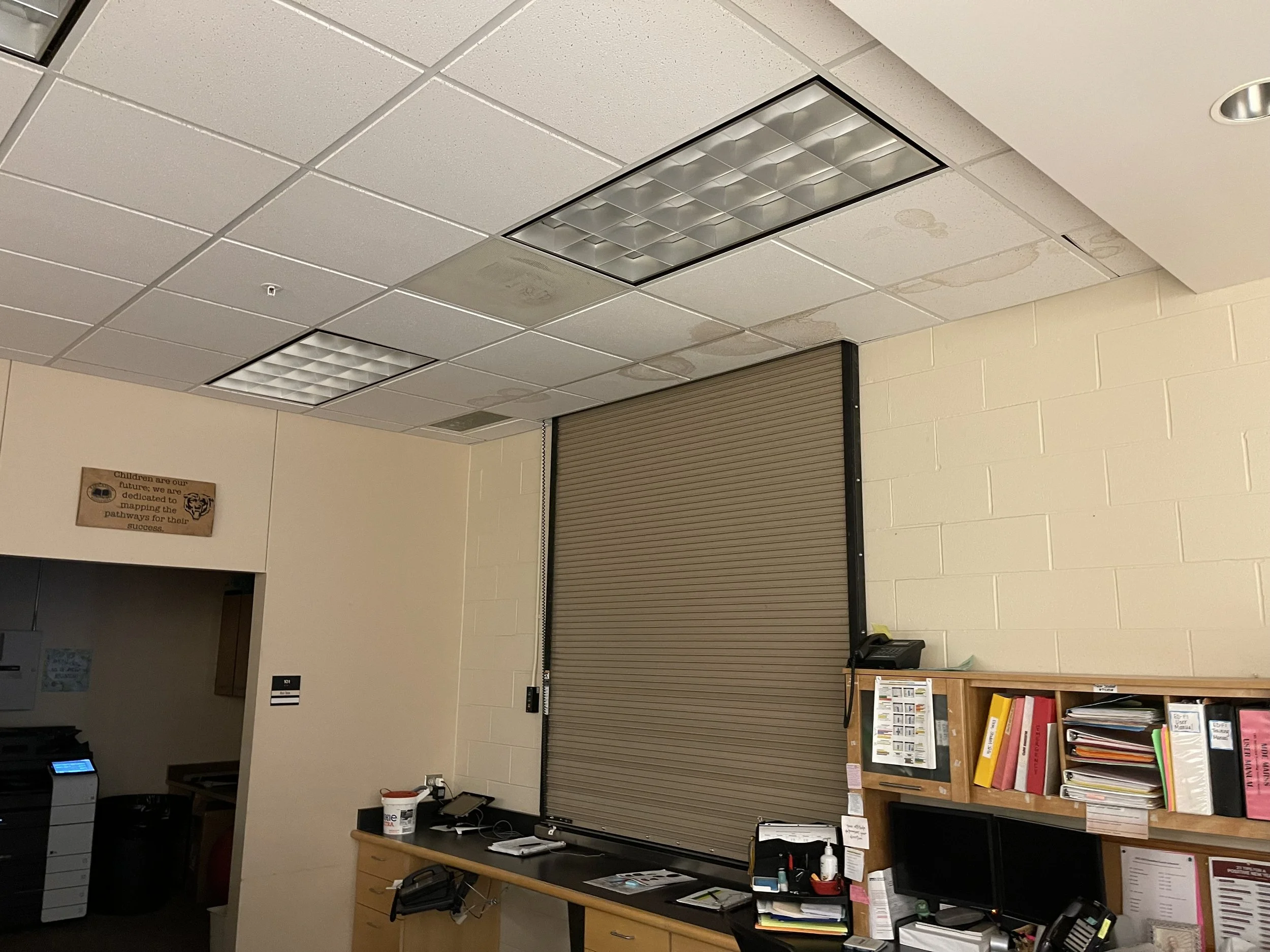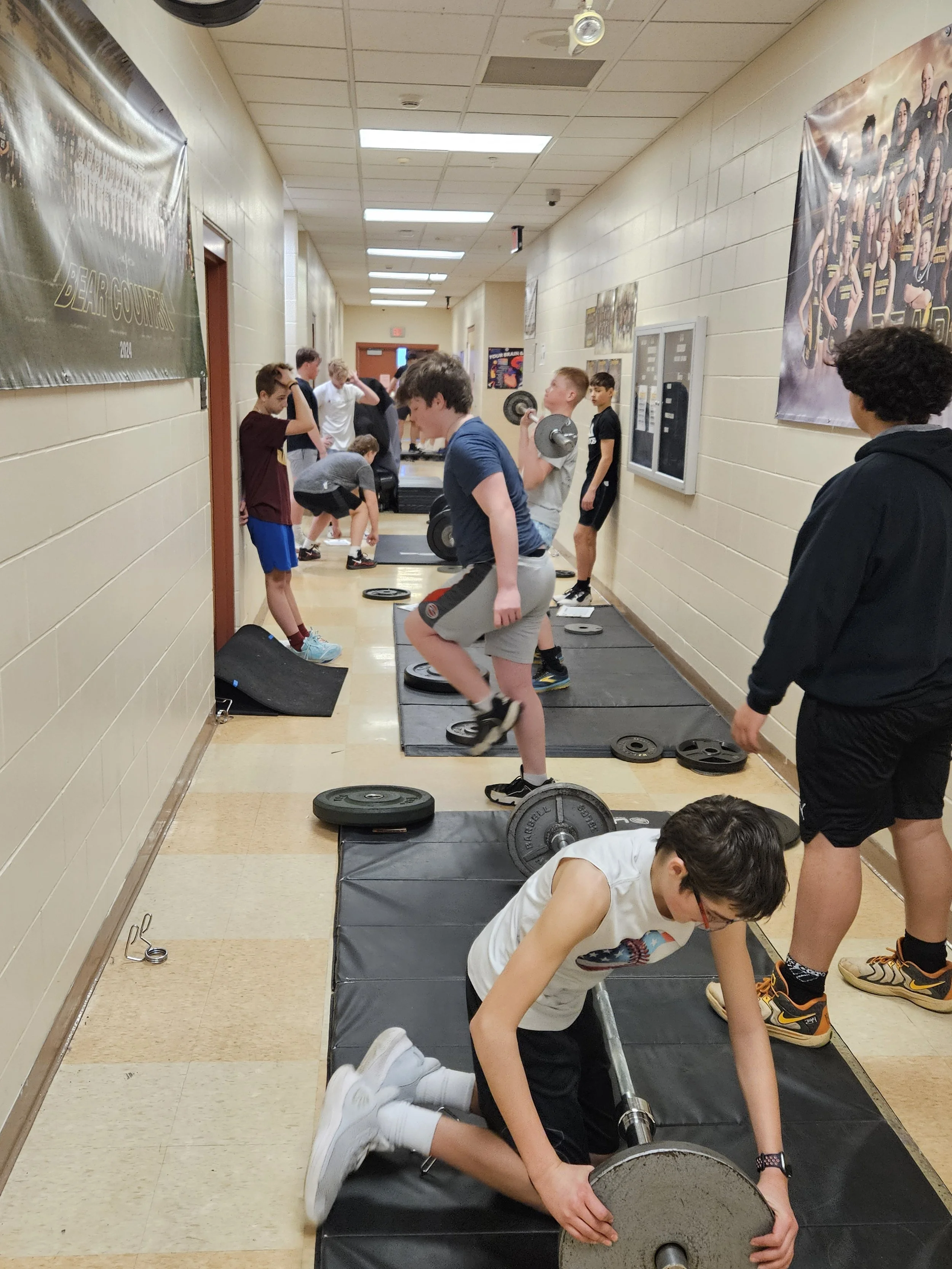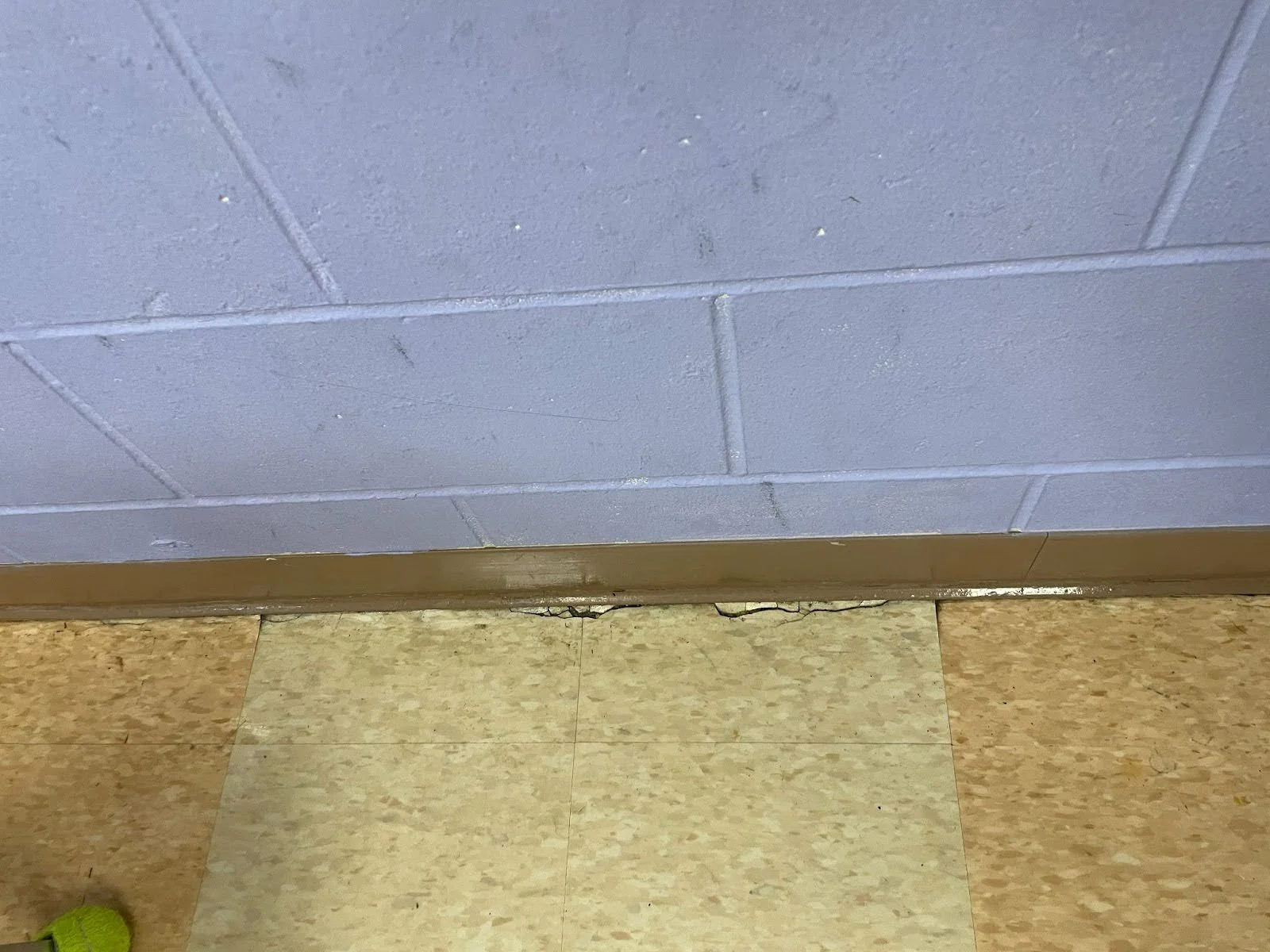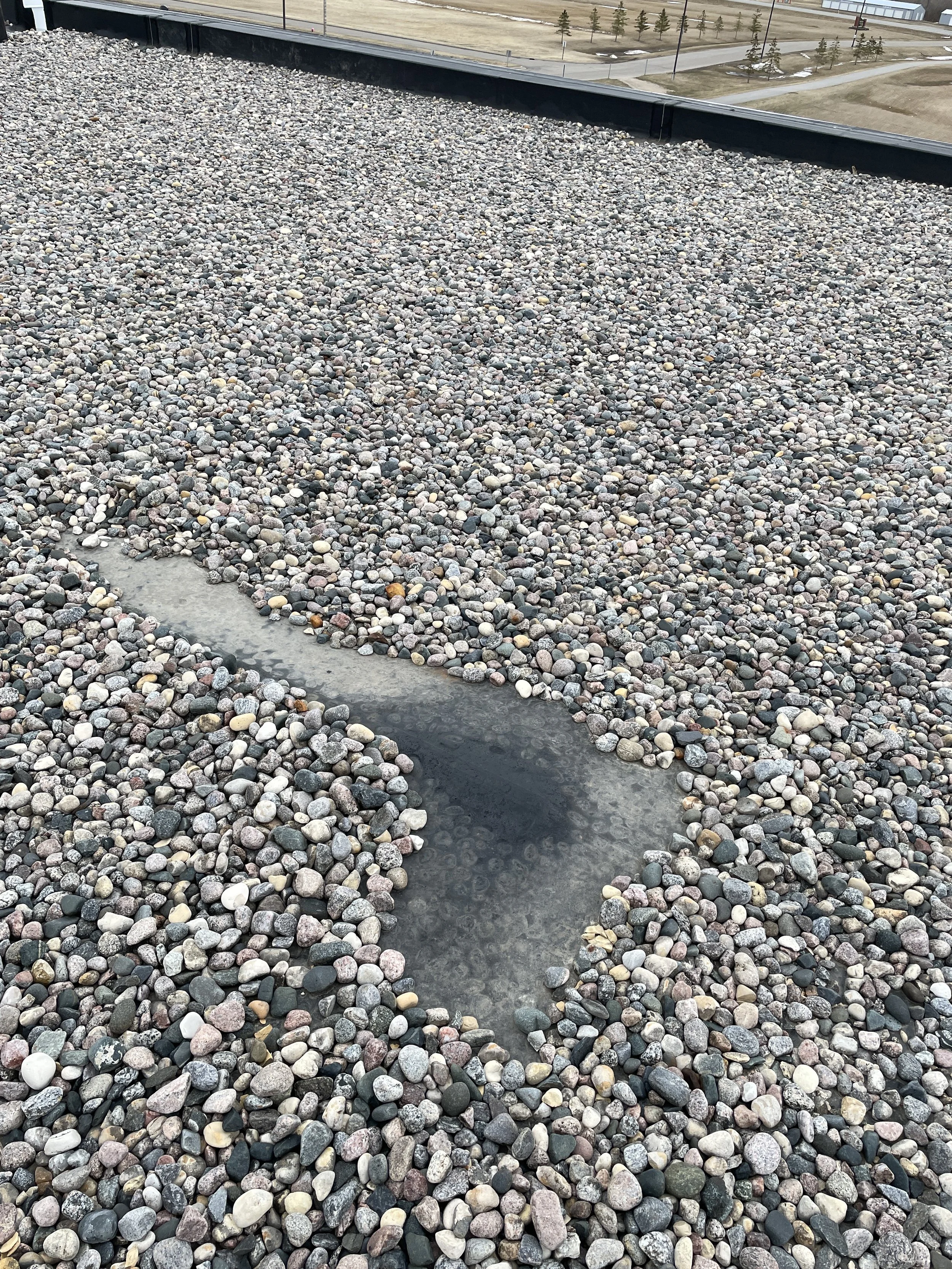THE NEED
While our building is just 22 years old, updates are necessary to protect the community's investment.
Facility issues: Long-term maintenance and space
Safety, Classrooms and Systems
Our school building has reached a critical point where safety, classrooms, and systems are no longer adequately serving students. Issues were identified in a process that included broad community engagement and a formal facilities study by ATSR, an award-winning architectural firm.
Safety issues include security gaps at exterior doors, cramped spaces in the cafeteria-commons, fitness center, physical education, and storage spaces.
Classroom issues include insufficient space for career and technical education, special education, individualized student learning, elementary classrooms, and physical education.
Systems issues include the original roof – which is out of warranty, water damage around the exterior of the building, wear and tear on doors, walls, floors, bathrooms and ceiling tiles, and inefficient fluorescent lighting.
Read more below.
The Process
The second steering committee and school board listened to the community survey and community voices to make positive improvements to the plan such as adding additional classrooms, maintaining the existing elementary gym, and expanding career and technical education space to include an ag lab.
Pre-Referendum Timeline
July 2023: ATSR Architects complete a facilities study
Fall 2023: Steering committee #1 and public meetings
Nov. 2023: Voters reject a $28 million bond referendum
February 2024 - July 2025: Community Engagement
February 2024: District-wide community opinion survey completed
August 2024 through May 2025: Expanded steering committee #2 work sessions that re-evaluated needs and options
July 2025: School board sets new referendum date
Nov. 4, 2025: Election Day
Safety
Security gaps
The community steering committee strongly advocated for strengthening safety and school security
The entryway isn’t configured in a way that requires visitors entering the school to check in at the office
Exterior doors don’t have convenient security features such as RFID card access
Cafeteria - Commons
This space serves as the only hallway between wings, and congestion is a challenge during passing times during our two hour lunch period
Elementary and secondary students are entering the area at different times, crossing paths frequently. Other students are trying to get by during passing times to reach classes
Constant traffic is a trip-and-fall safety concern due to the many ages and sizes of students in the area who are moving in many different directions
Fitness center
There are too many students in too small a space - they spill out into the hallway and nearby gym, damaging flooring in the process
Student safety is impacted due to the number of students and amount of fitness equipment in the fitness center and the hallway
Inadequate storage space
There simply isn’t enough space to store teaching and learning materials and equipment, supplies and more in the current storage areas. This leads to storage in common areas that obstruct pathways for students and staff causing safety concerns.
Classrooms
Preparing Students for Career & College Success
There’s high demand for career and technical education (CTE), from agriculture to manufacturing, welding and small engines - since the building was built, the need for skilled workers in these areas and others has increased significantly
Our school currently has two classrooms that are filled beyond capacity with equipment for many programs
Teaching in storage areas and hallways
In order to address the educational needs of struggling students, we pull students out of the classroom and work with them individually or in small groups - this was not standard practice in 2003, but it’s a critical strategy for helping all students achieve their full potential
Teachers and para-professionals find whatever space is available for these sessions - students have trouble concentrating in hallways with students passing by, or storage areas that were converted to miniature classrooms - this is a student privacy and confidentiality issue
Elementary classrooms are too small
Elementary classrooms in the school are between 725 and 750 square feet. The Minnesota Department of Education recommends 850 square feet. Students just barely fit in their current classrooms, and there is no opportunity to accommodate small group learning which is a part of current teaching and learning methodologies
Lack of adequate special education spaces and small group settings
Students with special needs require more equipment and more space. Many students have physical disabilities and require wheelchairs or other mobility equipment. This educational equipment is also more bulky than equipment for the average student
Physical education
The elementary gymnasium hosts large numbers of students for physical education classes, resulting in safety issues due to lack of space for activities and supporting equipment
Indoor recess creates gym scheduling conflicts with physical education classes - winter lasts a long time here in northern Minnesota, and students have indoor recess frequently
Outdated and inadequate locker room space - there just isn’t any space for referees and coaches to change - they use public restrooms
No space for spectators viewing junior high sports - many visitors end up peering through the doorway from the hallway to get a glimpse of their student
Systems
Roof is failing - roof is out of warranty, leaking, and beyond patching
Water damage - water leaks at the base of the building is causing foundation settlement
Age and high traffic has resulted in significant wear and tear on doors, walls, floors, bathrooms and ceiling tiles
Doors close automatically in an emergency, but many don’t latch due to warping
Fluorescent lighting throughout the building is old and inefficient. Fluorescent bulbs will not be available in Minnesota after Jan. 1, 2026
The Bottom Line
These aren't minor inconveniences—they're serious problems that affect every student who walks through our doors. Our children deserve better, and our community deserves schools that match the quality education we're committed to providing.
Entryway doesn’t require visitors to check in at office; exterior doors lack RFID card access.
Significant wear and tear in bathrooms.
Teaching in storage areas and hallways.
Elementary gym overcrowded, creating safety issues; no spectator space for junior high sports—visitors peer through doorways, hug sidelines.
Cafeteria-commons: This Space is the only hallway between wings–creates congestion during lunch periods.
Two CTE classrooms filled beyond capacity with equipment for many programs.
Lack of adequate special education spaces; students with special needs require more bulky equipment and space for mobility devices.
Water-damaged ceiling tiles from leaky roof; fluorescent bulbs will not be available in Minnesota after Jan. 1, 2026.
Doors close automatically in an emergency, but many don’t latch due to warping.
Fitness center: Too many students in small space spill into hallway and gym, damaging flooring; Student safety impacted by overcrowding and equipment.
Lack of gym space leads to students practicing in common areas.
Age and high traffic has resulted in significant wear and tear on doors, walls, floors, bathrooms, and ceiling tiles.
Roof is failing, leaks and is beyond patching, and is out of warranty.


